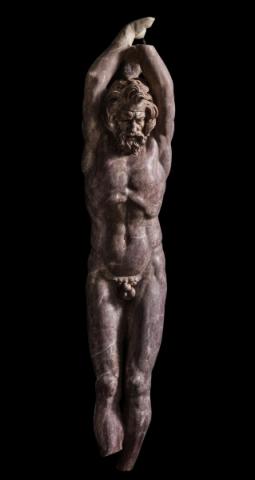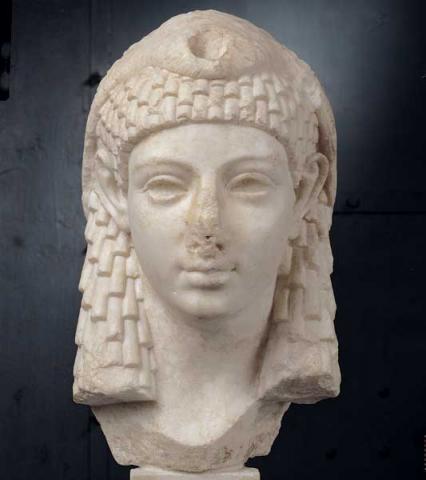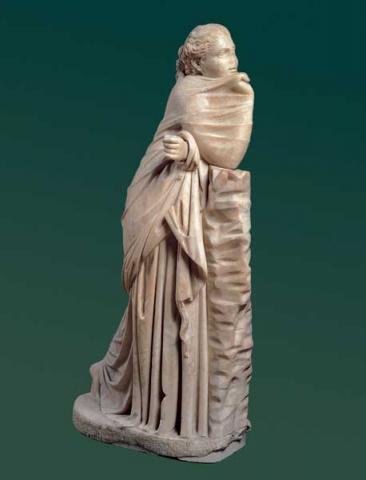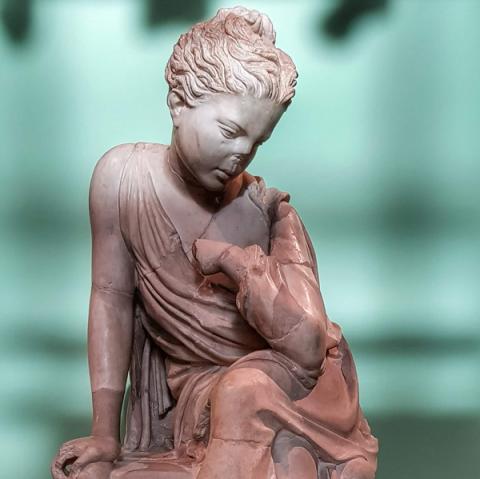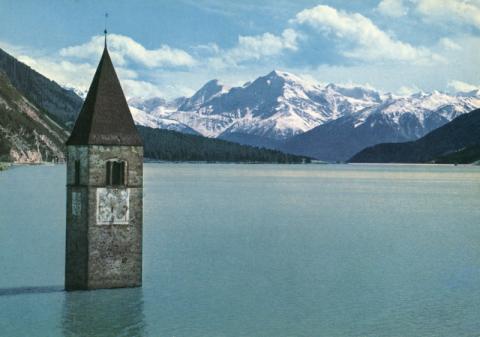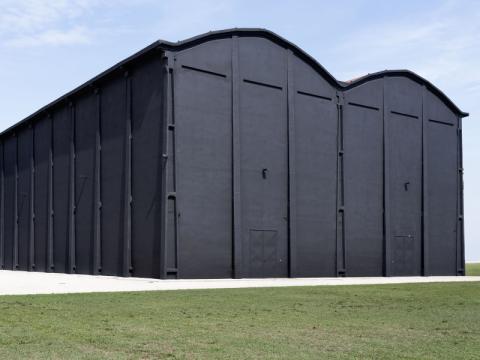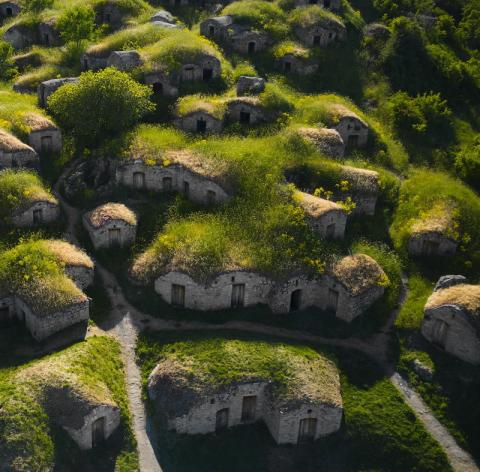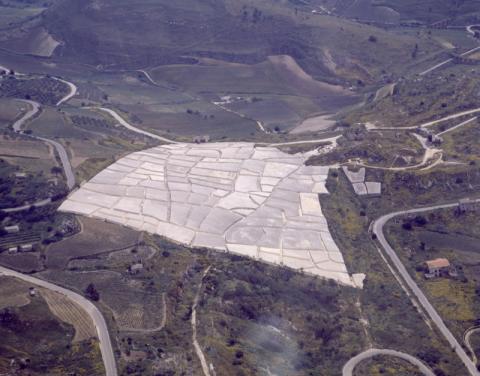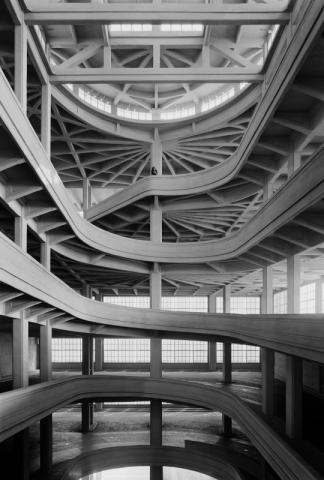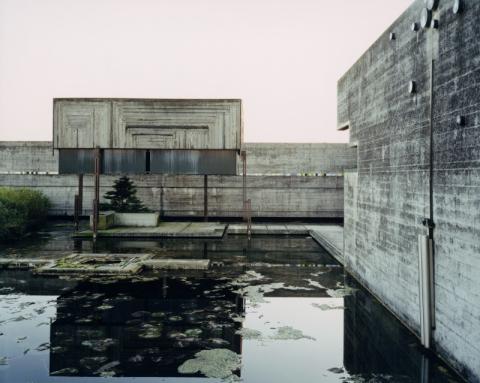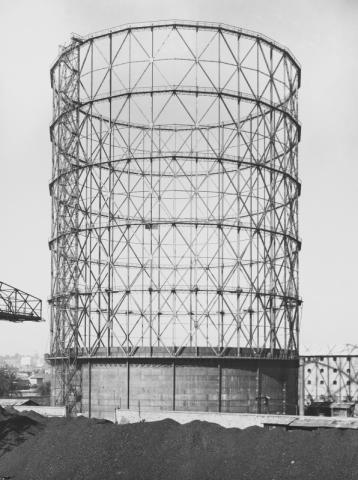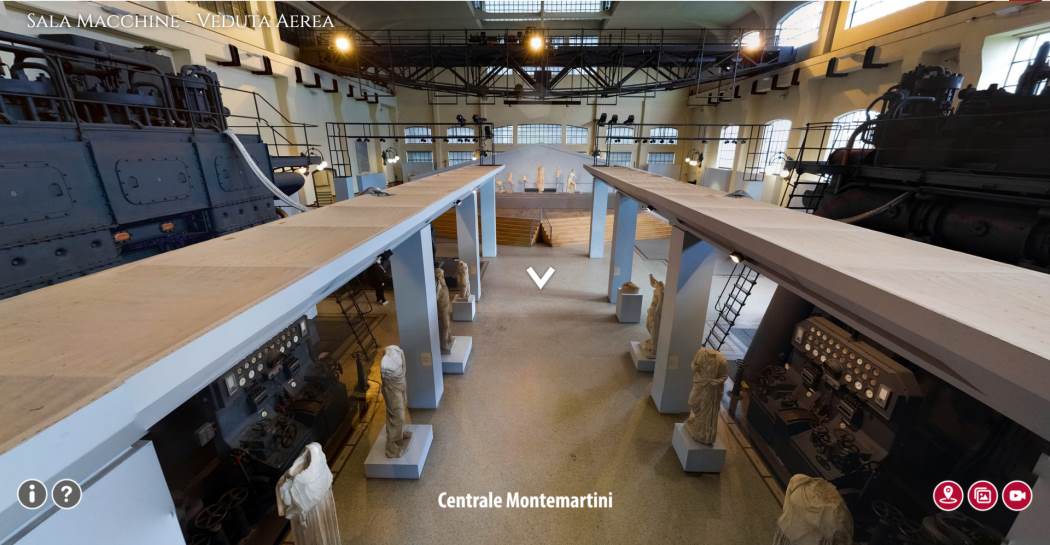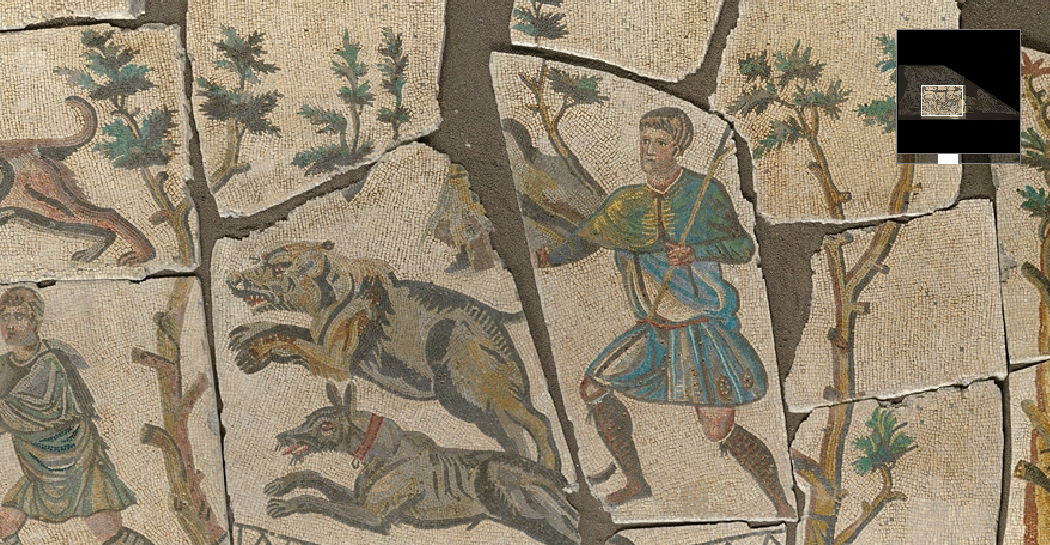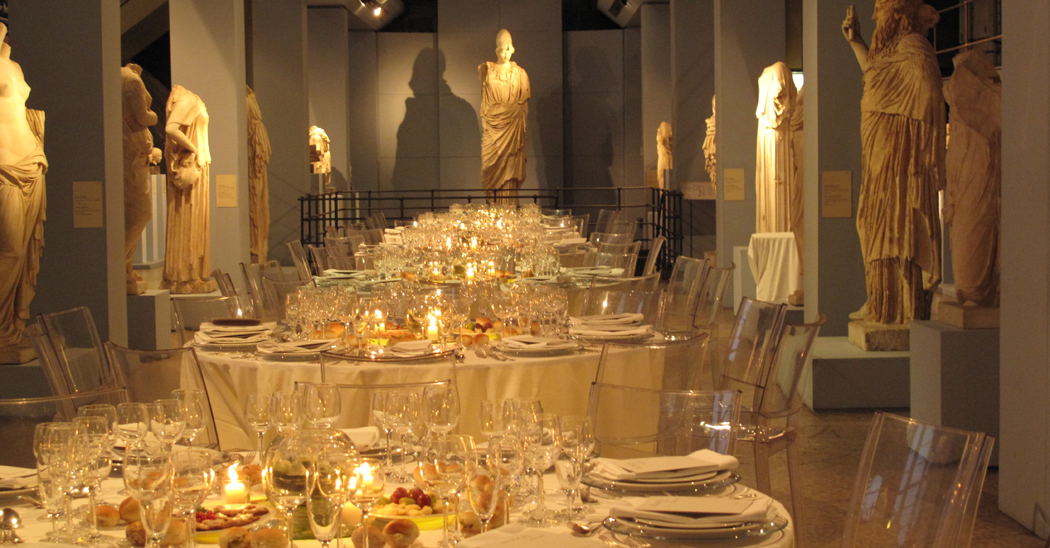Architetture inabitabili
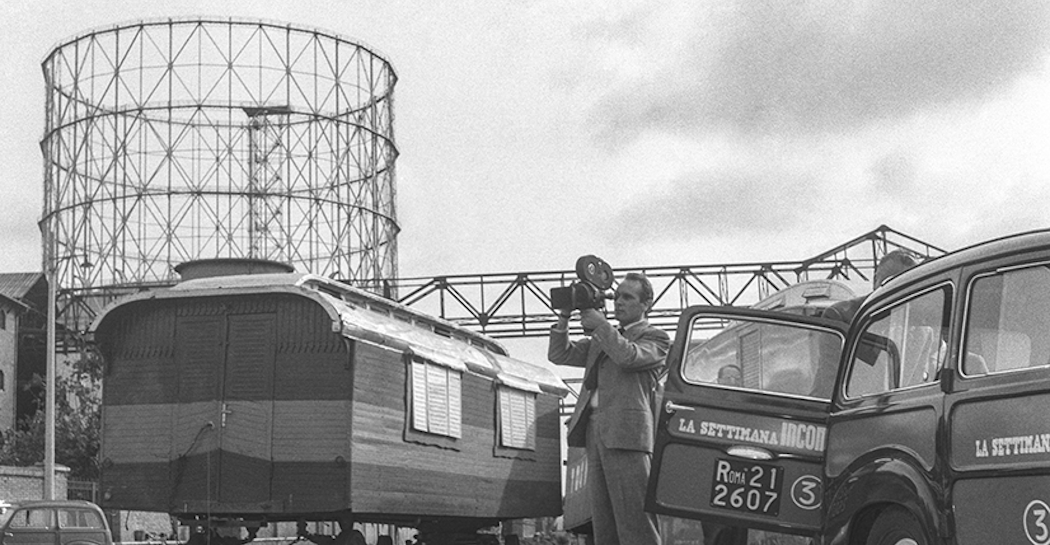
A new point of view about the architecture, to discover a different view of it from the commonly associated with living space use.
Born from the desire to explore the fascination and the complex nature of certain inhabitable architectures in Italy, the exhibition shows eight examples distributed throughout the country through a selection of images portraying them by type, use and period of construction. The exhibition is promoted by Roma Capitale, Assessorato alla Cultura, Sovrintendenza Capitolina ai Beni Culturali, organised and realised by Archivio Luce Cinecittà, created by the President of Cinecittà Chiara Sbarigia and organised by Chiara Sbarigia with Dario Dalla Lana. Museum services by Zètema Progetto Cultura.
The photographs and films illustrating them come for the most part from the Luce Archive and other archives and institutions such as the Alperia Archive, Museo Alta Val Venosta, CISA Andrea Palladio, Fondazione Benetton, Fondazione Burri, Fondazione Dalmine, Fiat Archive, Archivio Giò Ponti, Archivio Italgas, Museo d'Arte Contemporanea 'Ludovico Corrao', Triennale di Milano, Fototeca Trifernate. Among the approximately 150 images that are part of the exhibition, photos by great Italian authors such as Gianni Berengo Gardin, Guido Guidi, Marzia Migliora, Gianni Leone and many others stand out. Internationally, the images of Mark Power, Sekiya Masaaki and Steve McCurry stand out.
Specially produced for the exhibition are the beautiful images by Francesco Jodice and Silvia Camporesi, from which the catalogue cover was taken.
Le Architetture Inabitabili featured by the exhibition are:
-The Gazometro di Roma, that rises like a modern Colosseo, an iconic presence in the films and TV series of recent years and also visible from the Centrale Montemartini, which hosts the exhibition and offers visitors an evocative comparison between the architecture and the world around it;
-The Memoriale Brion ad Altivole, an architectural complex designed by architect Carlo Scarpa and conceived as a burial place for the Brion family;
-The campanile semisommerso di Curon, located in Lake Resia in Trentino-Alto Adige, a fascinating Romanesque structure completely transformed by the construction of a dam that created the lake for hydroelectric purposes, submerging the village (which was destroyed), leaving only the bell tower to emerge;
-The Cretto di Gibellina, memorial installation by artist Alberto Burri, a large white concrete shroud encompassing the rubble of the town of Gibellina, destroyed in the 1968 Belice earthquake;
- The Lingotto di Torino, historical and famous architectural complex, designed by Giacomo Matté Trucco, which once housed the FIAT factory, becoming a symbol of the city's industrial history;
- The Ex Seccatoi di Città di Castello, that in 1966 hosted the flooded books of Florence, which were 'cured' here; having definitively lost their original function with the abandonment of tobacco cultivation in the 1970s, since 1990 they have housed Alberto Burri's last great painting cycles;
-The Torre Branca, originally a tower littoria, designed by Giò Ponti, conceived as a temporary structure for the 1933 Triennale, characterised by a steel trellis structure and equipped with a lift that allows visitors to reach the top and enjoy a panoramic view of Milan; it was restored after a period of relative neglect, and has been open again since 2002;
-The Palmenti di Pietragalla, proof of the local winemakers' skills, a stone rock architecture consisting of more than two hundred constructions arranged on different heights, once used as wine production workshops, which create a remarkable landscape impact, evoking fairy-tale atmospheres.
Everyone of these places, some well-known to the general public and others less so, offers a peculiar look at their uninhabitable and innate beauty.
The exhibition programme, published by Archivio Luce Cinecittà with Marsilio Arte, is enriched by the unpublished texts of eight writers who offer a personal and intimate narration of the places, suggesting further keys to interpreting the architectures: their symbolic, affective and historical values.
Marsilio Arte
Information
From 24 January to 5 May 2024 Extended to September 29, 2024
From Tuesday to Sunday 9.00 to 19.00
Last admission one hour before closing
Closing days
Monday, 1 May
ALWAYS CONSULT THE ADVISORY PAGE before planning your visit to the museum
Entrance ticket according to current pricing
Free for MIC card holders
060608 (every day from 9.00 to 19.00)
Promoted by
Roma Capitale, Assessorato alla Cultura, Sovrintendenza Capitolina ai Beni Culturali
Organised and produced by
Archivio Luce Cinecittà
Museum Services
Zètema Progetto Cultura
Catalogo
Press Room
Gallery
Eventi correlati
1014673
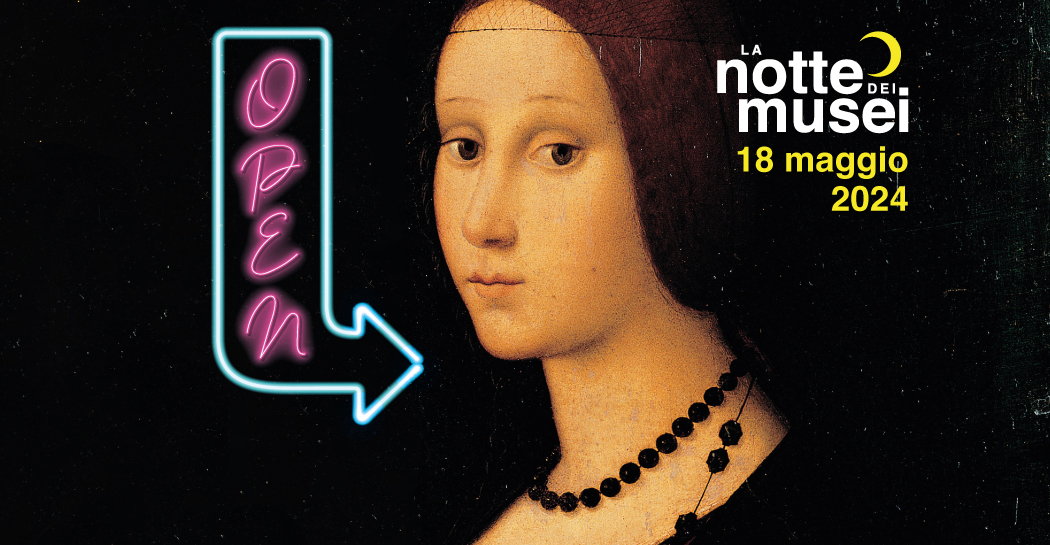
1014349



























